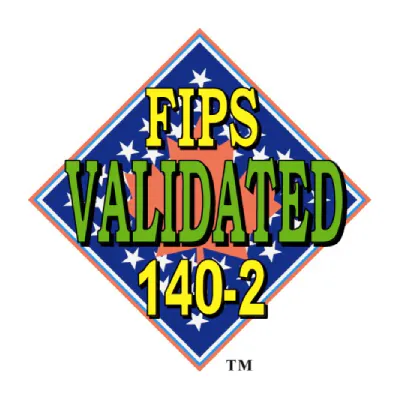Certificate Lifecycle Management
Digital security is a massive talking point amongst corporate professionals. Most people are familiar with usernames and passwords, but there are far more types of secrets, which companies of all industries must be familiar with. One of them is the certificate, including the different types and how to manage them over their lifetime.
What Is Certificate Lifecycle Management?
Certificates are a concept in business-level security. You can think of them as identification cards, authenticating users and machines in the organization. With corporate networks sharing more sensitive data than ever, being able to verify the identity of the recipients is that much more important.
Do not confuse secrets management for certificate management. Secrets are any sort of credential that can be used for authentication and authorization. They include passwords, keys, certificates themselves, and other tools.
Certificates, a subset of secrets, distinguish themselves by protecting data in transit rather than at rest. They can be used to secure a variety of online applications, such as:
- E-mail using Simple Mail Transfer Protocol (SMTP) servers
- Transactions on the Internet through Secure Socket Layer (SSL) or digital signature verification of online code
- Networks such as Virtual Private Networks (VPNs) or IPV6 protocols
- Public Key Infrastructures (PKIs) that run on API toolkits
Certificate management is a field by itself. Businesses manage many certificates for daily operations, and certificate authorities (CA) are tasked with creating, handling, and verifying the certificates.
Like any other secret, certificates work best when they have finite lifespans so that a stolen one cannot be exploited for long before it is revoked. That’s why we consider them to have “life cycles” for us to manage.

What Are the Five Phases of the Certificate Lifecycle?
Certificates go through a few distinct stages while you are working with them. The typical five are enrollment, validation, revocation, renewal, and removal.
Enrollment
The story begins with a user who desires a new certificate. That user contacts the certificate authority (CA), who then generates one based on the established policy. Every step involves a security check to authenticate that both parties have verified identities.
Validation
It’s now time to use the certificate to perform a security check. The user contacts the CA again, and the CA validates the status of the certificate to ensure that it has not already been revoked before.
Revocation
Whenever a certificate is created, the CA specifies an expiration date that will revoke it when reached assuming the certificate isn’t already manually revoked by then. Revocations occur whenever the certificate is no longer valid, such as when it’s lost or stolen.
Renewal
Sometimes, a certificate must continue to operate after its expiration date. The CA may manually renew or set up policies to automatically renew it. New public and private keys may be involved in this step.
Removal
Once a certificate has finished its job, the next course of action is to delete it permanently to prevent the possibility of future theft. The CA must be careful to remove all traces of the certificate, including backed up copies, archived copies, and related private keys.
It’s also important to note that every step of the life cycle is documented so that the business may perform auditing whenever necessary.
Types of Certificates
There are actually many different types of certificates to manage, and business users choose them based on their needs.
Content-Signing Certificate
If you subscribe to certain content, there’s a chance that you might want to verify who the creator is. This type of certificate digitally signs the content with the original owner’s name and credentials before it’s sent out.
Personal Certificate
As the name suggests, a personal certificate is given to each individual in an organization and comes with the name, public key, and other credentials. It’s used to verify the security access level of each user.
Root Certificate
At the top of the hierarchy is the certificate authority who issues other certificates. This authority signs its own root certificate to identify itself. There may be multiple root certificates used to approve different types of other certificates.
SSH Certificate
SSH Certificates are used to access other machines. They do the same thing as SSH keys, but without the headache of distributing and updating keys scattered across the enterprise. The method for using them is to bind public keys to a certificate which is signed by an internal CA, thus eliminating the need to manage SSH keys.
Server Certificate
This type identifies a server and digitally signs itself with the server’s information including host name, public key, and other relevant facts. You can use these certificates to secure online servers through SSL encryption, allowing a secure communication channel between the server and the client.
Software Publisher Certificate
This type of certificate goes to a software developer and signs itself with the developer’s information. It’s often applied prior to distributing a software application online.









